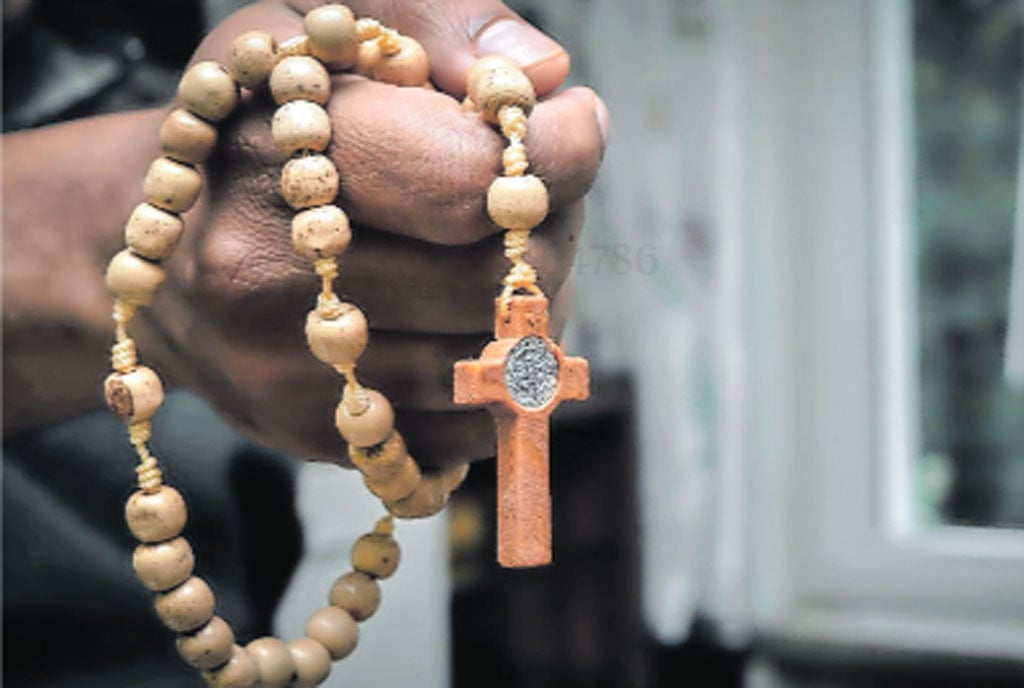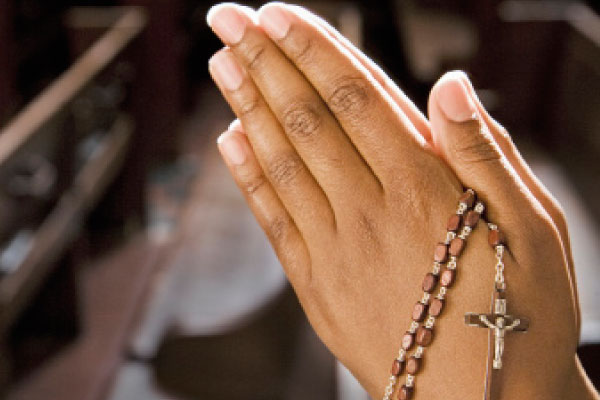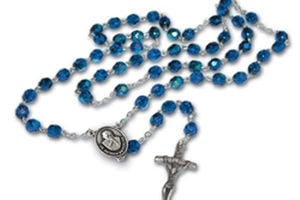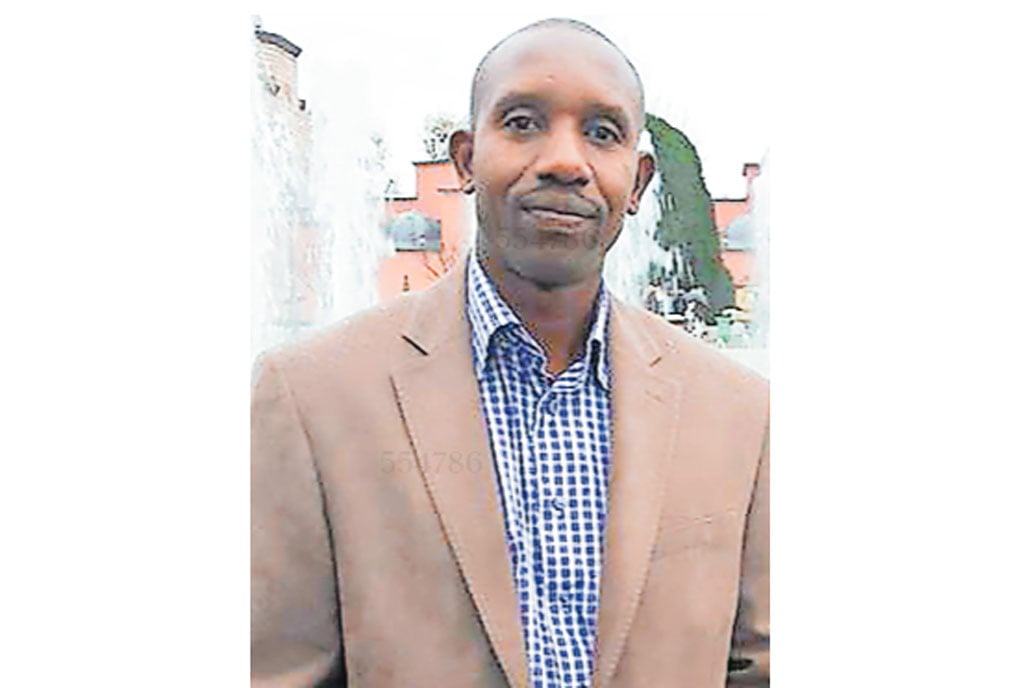
A person says the rosary. PHOTO/FILE
During the month of October, Catholics pray the rosary more frequently and more solemnly than usual. History has it that at the verge of the conquest of Europe by the Ottoman Empire in 1570; the Catholic Church led by Pope Pius V made a rosary crusade invoking the power of God to avert the battle. On October 7, 1571 the battle ended miraculously at Lepanto, in Greece.
This marked the end of a long period of crusades between Christianity and Islam.
The name “rosary” comes from the Latin rosarium which means “rose garden.” The rose is said to be the queen of flowers, and so the Rosary is acknowledged as the rose of all devotions. The complete Rosary represents a large wreath of roses and each chaplet of five decades represents a little crown of heavenly roses which devotees symbolically place on the heads of Jesus and Mary.
The Rosary is acknowledged to be the most sublime gift, given to us by the Most Holy Virgin Mary. It is meant to help us grow closer to her and to her most Beloved Son, Our Lord, and Jesus Christ.
The Virgin Mary has always been a great instrument of our salvation, from the conception of Jesus to His ascension.
“When Jesus saw his mother there, and the disciple whom he loved standing nearby, He said to His mother, 'Dear woman, here is your son,' and to the disciple, 'Here is your mother.' From that time on, this disciple took her into his home." (John 19:26-27). Mary is the woman whose Son would crush Satan (Genesis 3 and Revelation 12).
“The rosary is a prayer that acts as a fulcrum to move Mary’s heel to crush the head of the ancient foe”. Mary, now in heaven with Jesus, is believed to be a powerful prayer warrior.
String of beads
Using a string of beads (chaplet) as a tool of intensive and meditative prayer is believed to be as old as human history. It is rather simple, applicable anywhere and at any time. Its repetitive nature is said to have metaphysical and psychological effects on the devotee. Applied with faith, the method has the capacity to prevent evil, absorb negative energies, such as stress, and to bring about healing and deliverance.
Roman Catholics adopted the rosary prayer from the Orthodox Church. In the Christian tradition, early monastic orders would pray the 150 psalms daily. Members of the laity who did not necessarily know the Psalms by heart wanted to have a comparable version of this practice and so the tradition of praying 150 “Our Fathers” each day, was born. Other prayers were added later. The “Anglican Rosary” contains 33 beads representing the years of Jesus' life on Earth.
Popularisation of rosary
The popularisation of the rosary prayer is associated with with St Dominic de Guzman since 1214. It is alleged that the Virgin Mary recommended it to him as a means of converting sinners and reforming society. Saint Dominic preached the rosary by his example and sermons, in cities and in country places, to scholars, the uneducated and to heretics.
At its core, prayer is an admission of weakness, inability, and humility. The rosary is regarded as inspired by the Holy Spirit, the sword of the Spirit, and weapon that defeats the Devil.
“The Holy Rosary is the best artillery against demons and their followers,” says St Dominic.
Purpose
The Rosary must have a threefold purpose: mystical contemplation, intimate reflection, and pious intention (St. John XXIII). It is a discipline we can practice 24/7 (I Thessalonians 5:17).
The rosary is effective as a prayer which brings the family together. “We need to return to the practice of family prayer and prayer for families... It is a treasury to be re-discovered.” (St. John Paul II).
The rosary is biblical. It has all the depth of the gospel message in its entirety. It begins with the Apostles' Creed (which summarises the great mysteries of the Christian faith). It comprises the “Our Father”, “Hail Mary” and Glory be to the Father” prayers, which are all biblical.
Mother Mary urges everyone to pray the rosary to help people grow in their faith, convert sinners, and bring about world peace. Although wearing the rosary may be a sign of devotion, doing it as a fashion object or fetish/superstition dishonours its sacredness.
The story of the battle of Lepanto should educate us that our common enemy is Satan, not fellow believers. Satan can only be overcome through peaceful spiritual weapons rather than through terrorism or religious wars (Ephesians 6).








